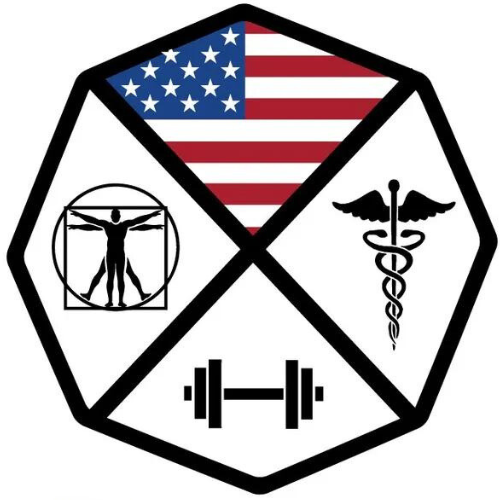Exploring the Therapeutic Potential: The Benefits of Dry Needling
In the realm of alternative therapies, dry needling has been gaining significant attention for its potential to alleviate pain and enhance physical function. Despite its relatively recent emergence, dry needling has garnered interest from healthcare professionals and patients alike. This therapeutic technique, derived from traditional acupuncture, involves the insertion of thin needles into specific points of the body to target myofascial trigger points, resulting in a range of physiological and neurological responses. In this blog, we delve into the benefits of dry needling and its growing significance in modern healthcare practices.
Pain Relief:
One of the primary benefits of dry needling is its efficacy in pain management. By targeting trigger points within muscles, which are often associated with chronic pain conditions, dry needling can help alleviate muscle tension, reduce inflammation, and promote the release of endorphins—the body's natural painkillers. This can provide relief for various musculoskeletal issues such as neck pain, back pain, shoulder pain, and headaches. Unlike oral medications, which may come with side effects or offer temporary relief, dry needling addresses the root cause of the pain, offering more sustainable results.
Improved Muscle Function and Range of Motion:
Muscle tightness and restricted mobility can significantly impact an individual's quality of life, limiting their ability to perform daily activities or engage in physical exercise. Dry needling helps address these issues by releasing tension in tight muscles, promoting relaxation, and restoring optimal muscle function. By targeting trigger points, dry needling can improve blood flow to the affected areas, facilitate the removal of metabolic waste products, and enhance tissue healing. This, in turn, leads to improved flexibility, range of motion, and overall mobility, allowing individuals to move more freely and without discomfort.
Accelerated Recovery from Injuries:
In addition to its role in pain management and muscle function, dry needling has shown promise in expediting the recovery process from injuries. Whether it's a sports-related injury, a strain, or a sprain, dry needling can complement traditional rehabilitation approaches by promoting tissue healing, reducing inflammation, and restoring normal muscle function. By targeting specific areas of dysfunction, dry needling can help address underlying biomechanical issues that contribute to injury recurrence, thereby reducing the risk of reinjury and promoting a faster return to pre-injury levels of activity.
Complementary Treatment for Various Conditions:
Dry needling is a versatile therapy that can complement conventional treatments for a wide range of conditions. It is commonly used alongside physical therapy, chiropractic care, and other rehabilitation modalities to enhance treatment outcomes. Whether it's addressing musculoskeletal pain, neurological disorders, or post-surgical rehabilitation, dry needling can be tailored to meet the individual needs of patients. Its non-invasive nature and minimal side effects make it a safe and effective option for individuals seeking alternatives or adjuncts to traditional medical interventions.
Holistic Approach to Wellness:
Beyond its physical benefits, dry needling also offers potential psychological and emotional benefits. The release of endorphins during treatment can induce feelings of relaxation and well-being, reducing stress and anxiety levels. Moreover, the personalized approach of dry needling, which targets specific areas of dysfunction, empowers individuals to take an active role in their healing process. This holistic approach to wellness aligns with the principles of integrative medicine, which emphasize the importance of addressing the interconnected aspects of health—physical, emotional, and spiritual.
Dry needling represents a valuable addition to the toolkit of healthcare professionals, offering a safe, effective, and non-invasive approach to pain management, rehabilitation, and overall wellness. Its ability to target myofascial trigger points, promote tissue healing, and restore optimal muscle function makes it a versatile therapy for addressing a wide range of musculoskeletal issues. As research continues to explore its mechanisms of action and clinical applications, dry needling holds promise as a valuable adjunct to conventional medical treatments, empowering individuals to live healthier, more active lives.
